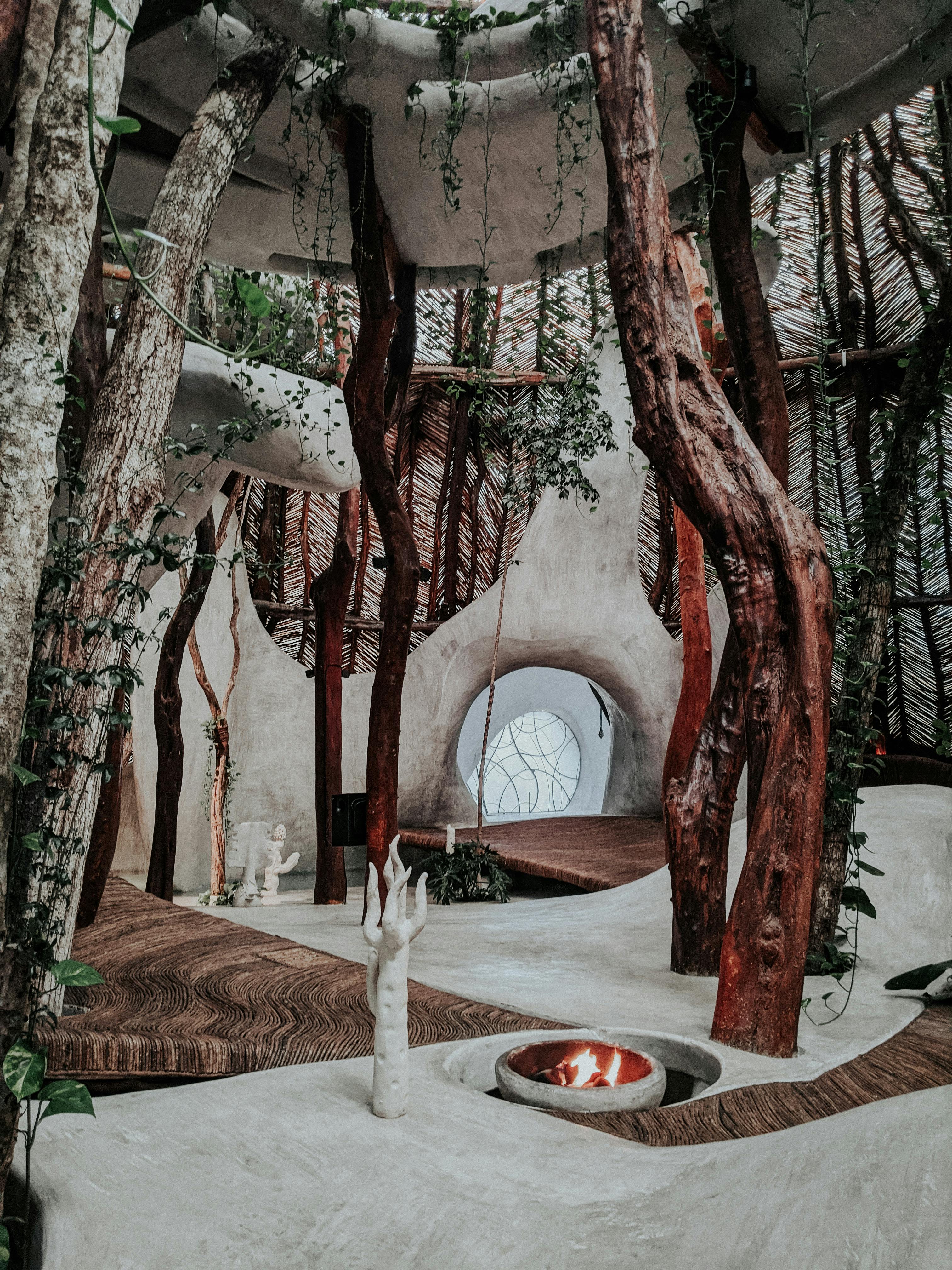Bringing the Bayou Indoors: The Rise of Cypress Knee Decor
The fusion of nature and interior design has taken an intriguing turn with the emergence of cypress knee decor. This unique trend brings a touch of Southern swamp mystique into homes, transforming living spaces with the raw beauty of these curious natural formations. Cypress knees, the knobby protrusions that grow from the roots of cypress trees in wetland areas, are finding new life as sculptural elements in modern interiors, offering a connection to nature that goes beyond the typical houseplant or driftwood accent.

The Natural Wonder of Cypress Knees
Cypress knees have long been a source of fascination for botanists and nature enthusiasts. These woody projections emerge from the root system of bald cypress trees, typically found in the swamps and wetlands of the southeastern United States. While their exact function in nature remains a subject of debate among scientists, with theories ranging from aeration for the root system to providing additional stability in soft, muddy soils, their aesthetic appeal is undeniable.
In their natural habitat, cypress knees create an otherworldly landscape, jutting out of the water like miniature stalagmites. Their shapes vary widely, from smooth, conical forms to gnarled, twisted structures that seem to defy gravity. This diversity in form is part of what makes cypress knees so appealing as decorative elements, with each piece being a unique work of natural art.
From Swamp to Living Room: The Journey of Cypress Knee Art
The transformation of cypress knees from wetland curiosities to prized decor pieces is a relatively recent phenomenon. It began with local artisans in cypress-rich regions who recognized the inherent beauty and potential of these natural sculptures. Initially, cypress knees were simply cleaned and polished, letting their natural forms speak for themselves. As the trend grew, artists began to experiment with more elaborate treatments, including carving intricate designs, adding paint or stain, and incorporating other materials like metal or glass.
The appeal of cypress knee art lies in its ability to bring a piece of untamed nature into the home. Each knee tells a story of its life in the swamp, with its unique shape and texture reflecting years of growth in a challenging environment. This connection to nature resonates strongly with many homeowners seeking to create spaces that feel grounded and authentic.
Designing with Cypress Knees: A New Frontier in Biophilic Decor
Incorporating cypress knees into interior design opens up a world of creative possibilities. These versatile pieces can serve as standalone sculptures, functional items like lamp bases or table legs, or be integrated into larger installations. The key to successfully using cypress knees in decor is to let their organic forms contrast with and complement the more structured elements of a room.
One popular approach is to use cypress knees as centerpieces on coffee tables or mantels. Their sculptural qualities make them natural conversation starters, and their earthy tones can help anchor a room’s color palette. For a more dramatic effect, designers are creating feature walls using multiple cypress knees, arranged to mimic their natural groupings in swamps.
In more functional applications, cypress knees are being transformed into unique lighting fixtures. When hollowed out and fitted with bulbs, they cast intriguing shadows and create a warm, organic ambiance. Some artisans are pushing the boundaries even further by incorporating cypress knees into furniture design, using them as legs for tables or as decorative elements in custom cabinetry.
The Eco-Friendly Angle: Sustainability and Sourcing
As with any trend involving natural materials, the sustainability of cypress knee decor is an important consideration. Responsible sourcing is crucial to ensure that the harvesting of cypress knees doesn’t negatively impact wetland ecosystems. Many reputable suppliers work with environmental agencies to collect knees that have naturally fallen or been dislodged, rather than removing them from living trees.
Moreover, the use of cypress knees in decor aligns with the broader trend towards sustainable and natural materials in interior design. Unlike mass-produced decorative items, each cypress knee is a unique, biodegradable piece that brings a sense of environmental consciousness into the home. This aspect of cypress knee decor resonates strongly with consumers who are increasingly mindful of the ecological footprint of their design choices.
The Future of Cypress Knee Decor: Trends and Innovations
As the popularity of cypress knee decor grows, we’re seeing exciting innovations in how these natural sculptures are used and presented. Digital technologies are playing a role, with some artists using 3D scanning and printing to create replicas of cypress knees, allowing for wider distribution without increased harvesting. These technologies also open up possibilities for customization, enabling designers to modify the forms of cypress knees to fit specific design needs.
Another emerging trend is the integration of cypress knees into larger-scale architectural elements. From room dividers to built-in shelving units, architects and interior designers are finding ways to incorporate these organic forms into the very structure of living spaces. This blurring of the lines between architecture and nature reflects a broader movement towards more holistic, biophilic design approaches.
As we look to the future, the cypress knee trend shows no signs of slowing down. Its appeal lies in its ability to satisfy our craving for connection with nature while offering endless possibilities for creative expression. Whether used as subtle accents or bold statement pieces, cypress knees are carving out their place in the world of interior design, bringing a touch of Southern swamp magic into homes around the world.





